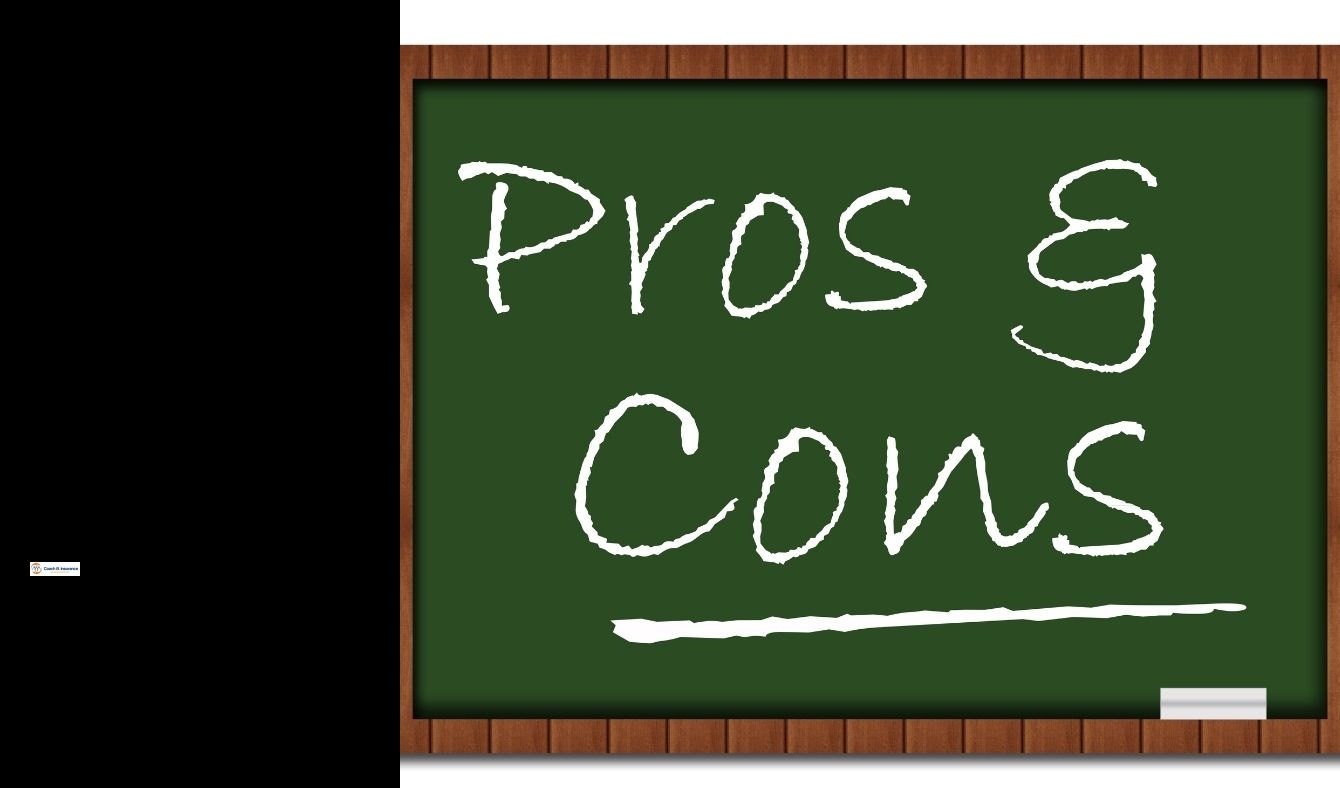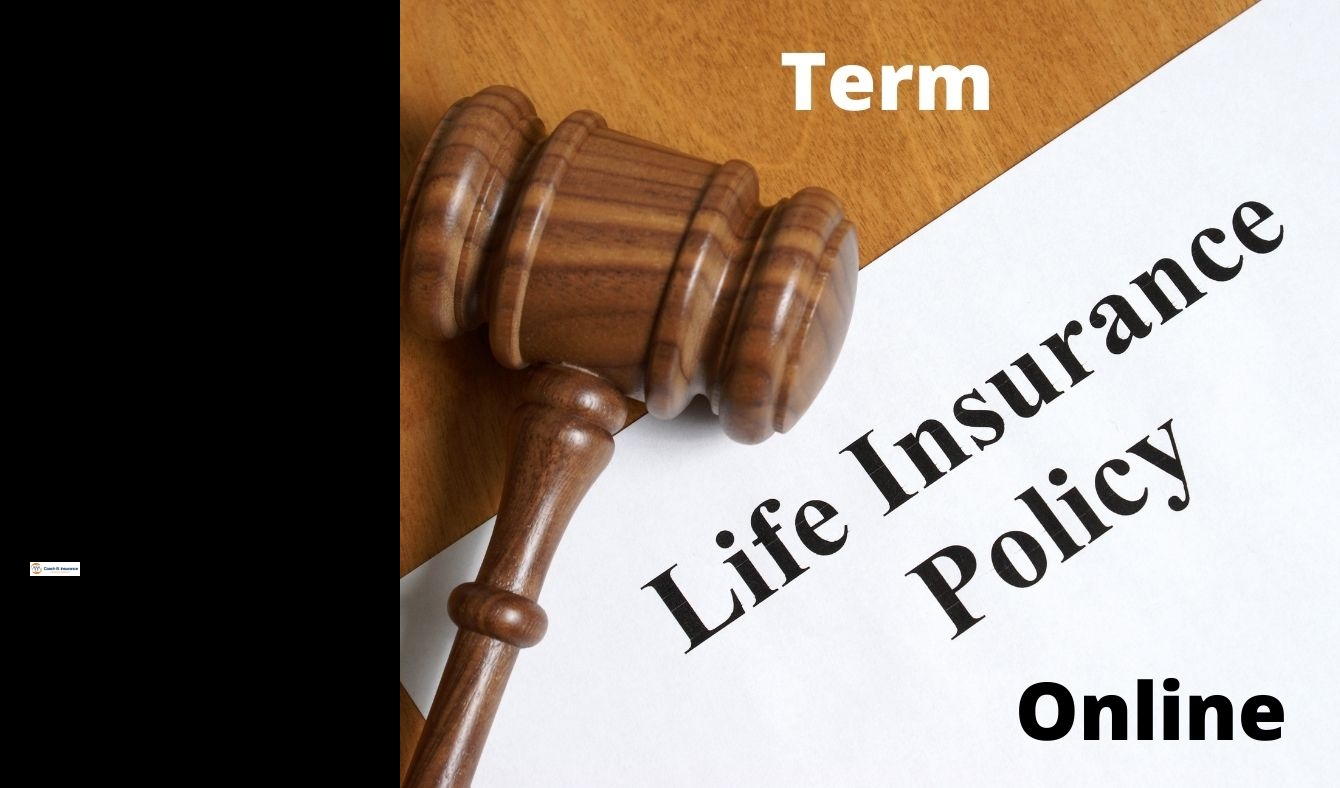what is group term life insurance
If you have a specific issue in mind, a simplified version can work well.

Term life policies are available individually or as part of a group insurance plan through an employer, civic, religious, or other organization.
There is a product called "no medical exam term insurance" where the quotes are determined based on your age (usually five years such as 50-54). These products have a one-year term and the premiums go up each year you are in a new age group. This makes them more expensive over 15 to 20 years.
If you have a specific issue in mind, a simplified version can work well.


It doesn't matter what, it is always better to buy now than later. Depending on your age you can add between 4.5% and 9.2% to your premium each year you wait before purchasing a policy. We can help you find the best life insurance quote for you, at the lowest price.
Many factors influence individual life insurance quotes. A healthy 35-yearold male with a term life policy could expect to pay around $30.42 each month for a 20 year, $500,000 policy. However, a 35-yearold female may pay $25.60 for the same policy amount and term. Generally speaking, whole-life insurance is cheaper than term. Whole Life has a longer life expectancy and includes additional savings.
Term life insurance can be a very affordable option. With a few simple questions, you can find out how much coverage is available to you and how much it might cost. We can help you follow the steps to get covered if you like what you see.
There are still options for you if you're not eligible for traditional or simplified life insurance. You might want to look into a guaranteed-issue life insurance policy.

The cost of life insurance is dependent on many factors such as your age and health. A healthy 35 year-old could expect a monthly payment of $25-30 for a $500,000 20-year term policy. If you choose cash value life insurance (e.g. whole or universal), your rates will be five to 15x higher.
Although price is a key factor when choosing the right life insurance policy, it can also be a highly personal decision. Rates will vary depending on how long the policy is, what coverage they provide, and your age, gender, health, and other factors. Our term life insurance premium calculator allows you to simulate different scenarios and calculate how much you'll spend on a term policy. Your final premiums could differ from the estimated rates.
There are many options available when it comes to how long your term insurance policy should last. You can usually buy coverage for one to five years, five years, 10, 15, 20, 25, 25 or 30 year. You can get coverage that lasts one to five years and help you cover your short-term debts. A 30-year term may be better if you are the breadwinner and need a policy that covers your mortgage. These policies may not be needed as often as you would like.

Most term life insurance policies have level premiums, meaning the payments remain the same throughout the policy term. However, some policies may have increasing premiums as you age.
In its simplicity, term life insurance offers coverage for a specific period and doesn't include a cash value component. On the other hand, whole life insurance provides lifelong coverage and may build cash value over time.
Unlike whole life insurance, term life insurance offers coverage for a specific period and doesn't include a cash value component. On the other hand, whole life insurance provides lifelong coverage and may build cash value over time.
Term life insurance is a policy that provides coverage for a set period, like 10, 20, or 30 years. If the policyholder passes away during this time, their beneficiaries receive a death benefit.